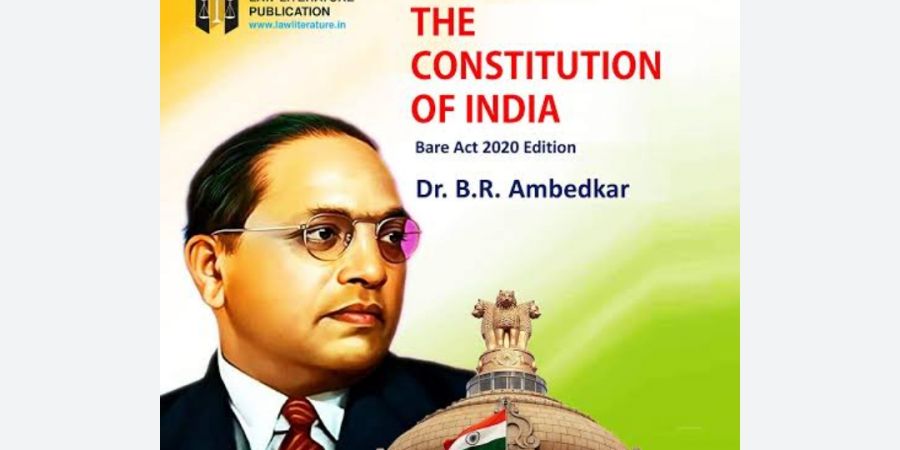

Dr BR Ambedkar the architect of Indian constitution who raised his voice against social discrimination.when we analyse his life, we can understand that he was a great activist.In 1920s, he initiated Mahad Sathyagraha, burned Manusumrti and in 1930s he formed independent Labour party . The main motive of this party is trade union programs and act against caste discrimination.
Ambedkar worked as a viceroy Council member, chairman of Indian constitution, the first law minister of India and he resigned from the position and just before his death and proselytism into Buddhism.
On 26 January 1950,India adopted a new constitution and become a sovereign, socialist, democratic Republic. For the formulation of the Indian constitution a constituent assembly was formed and it was headed by Dr Rajendra Prasad. The drafting committee comprised of seven members and chaired by Dr BR Ambedkar. Indian constitution is also known as “bag of borrowings”. Because for the drafting we borrowed from different constitution of the world. The preamble of Indian constitution is described as “the identity card of the constitution”. The preamble reveals that the constitution derives its authority from the people of India and sets the objectives of the constitution as Justice, Liberty,Equality, Fraternity.
According to Ambedkar Democracy is to strengthen the minorities and act against majoritism. And democracy also helps to remain different and not to differentiate based on caste, religion, gender, color etc... Indian constitution have vertical and horizontal transformability. Vertical transformability means from subject to citizen and horizontal transformability means the measurements to unify the country and because of this transformability Indian constitution change it's legal document into a ethical document.
Caste system in India
India lived in a caste system which is known as jati system or varna system. According to the varana system people's are divided into four groups.
Who were shudras. How they becomes untouchables?
The Pursuha sukta of Rigveda proponted the doctrine of chathuvvarna says four caste emerged from the creators the Brahmins, the priest equated from the mouth. The kshatriyas from arms, the vaishyas and shudras from feet. One's born in untouchables he remains untouchables forever.
In Manusumrti, manu says the only occupation the Lord prescribed to the lower caste us to make lease the other three caste, no collection of wealth must be made by the low caste even though they are able to do so. For a low caste man, who was acquired wealth gives pain to other caste. The low caste must never speak to the high caste and stay away from from the upper caste.
Ambedkar was against this caste discrimination and he raise his voice against it and made history.
